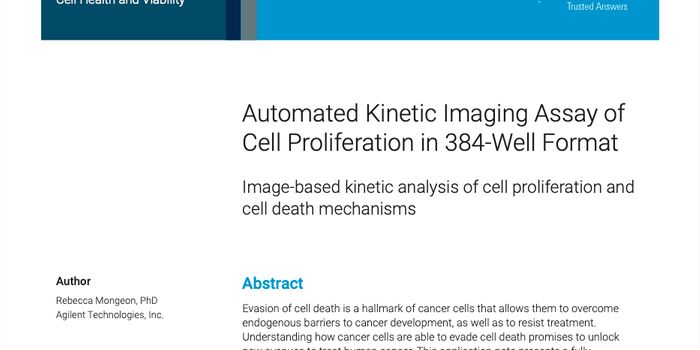Uterine Cancer Mortality is on the Rise
Uterine cancer develops when cells in the inner lining of the uterus, known as the endometrium, undergo uncontrolled and rapid growth. Hormones released during menstruation alter the endometrium. One hormone, estrogen, causes the endometrium to thicken while another, progesterone, causes the endometrial lining to shed, resulting in a woman’s period.
Experts estimate over 65,000 new cases of uterine cancer and over 12,000 uterine cancer-related deaths in 2022. Overall, women have about a 3% chance of developing uterine cancer in their lifetime, and more than 800,000 women in the US are currently living with uterine cancer.
Doctors determine subtypes of uterine cancer by histology, a procedure where a doctor distinguishes the cancer based on the appearance of the cells. The most prevalent subtype is endometroid carcinoma, which accounts for about three-quarters of uterine cancer cases. Fortunately, these cases are often diagnosed early and associated with a good prognosis. On the other hand, non-endometroid carcinomas account for about 20% of uterine cancer cases, and, as these cases are often diagnosed at a late stage, they confer a poor prognosis. Numerous reports have indicated that uterine cancer prevalence is on the rise, and by 2040, it may become the third leading cancer and the fourth leading cause of death for women. Notably, the number of uterine cancer diagnoses is increasing in all women, but it is accelerating even faster among Black women.
Despite the evidence of increasing uterine cancer cases, if this correlates to higher mortality rates remains unclear. A recent study published in JAMA Oncology sought to identify subtype- and stage-specific mortality rates of uterine cancer for women to address this limitation. The researchers established a cohort study using the Surveillance, Epidemiology, and End Results (SEER) database. The study identified uterine cancer deaths occurring between 2000 and 2017, finding over 200,000 instances to include in the analysis. The researchers conducted an incidence-based mortality analysis that linked death statistics to subtype differentiation as determined at the time of diagnosis.
Of the cases included in the analysis, 7.7% were Asian, 9.7% were Black, 11.1% were Hispanic, and 71.5% were White. Among the 208,587 uterine cancer diagnoses, 16,797 patients succumbed to the disease. After a statistical correction to acknowledge women may undergo a hysterectomy to remove their uterus, the researchers calculated mortality rates for different subsets of patients based on clinical and demographic characteristics.
Among all women, endometrioid cancer mortality rates remained similar during the study period. However, the rates of non-endometroid cancers accelerated. Overall, mortality rates increased by almost 3%/year for non-endometroid cancer between 2010 and 2017. When stratified by race, mortality rates were 3.4% for Asians, 3.5% for Blacks, 6.7% for Hispanics, and 1.5% for Whites.
The study suggests an accompanying increase in mortality due to non-endometrioid uterine cancer. Further, the researchers allude that the stability of incidence rates combined with the increasing mortality concludes that treatment advances in this area have not been significant. The authors acknowledged that more work is needed to decipher the precise mechanisms governing these observations.
Sources: CA, J Clin Oncol, JAMA Oncology









